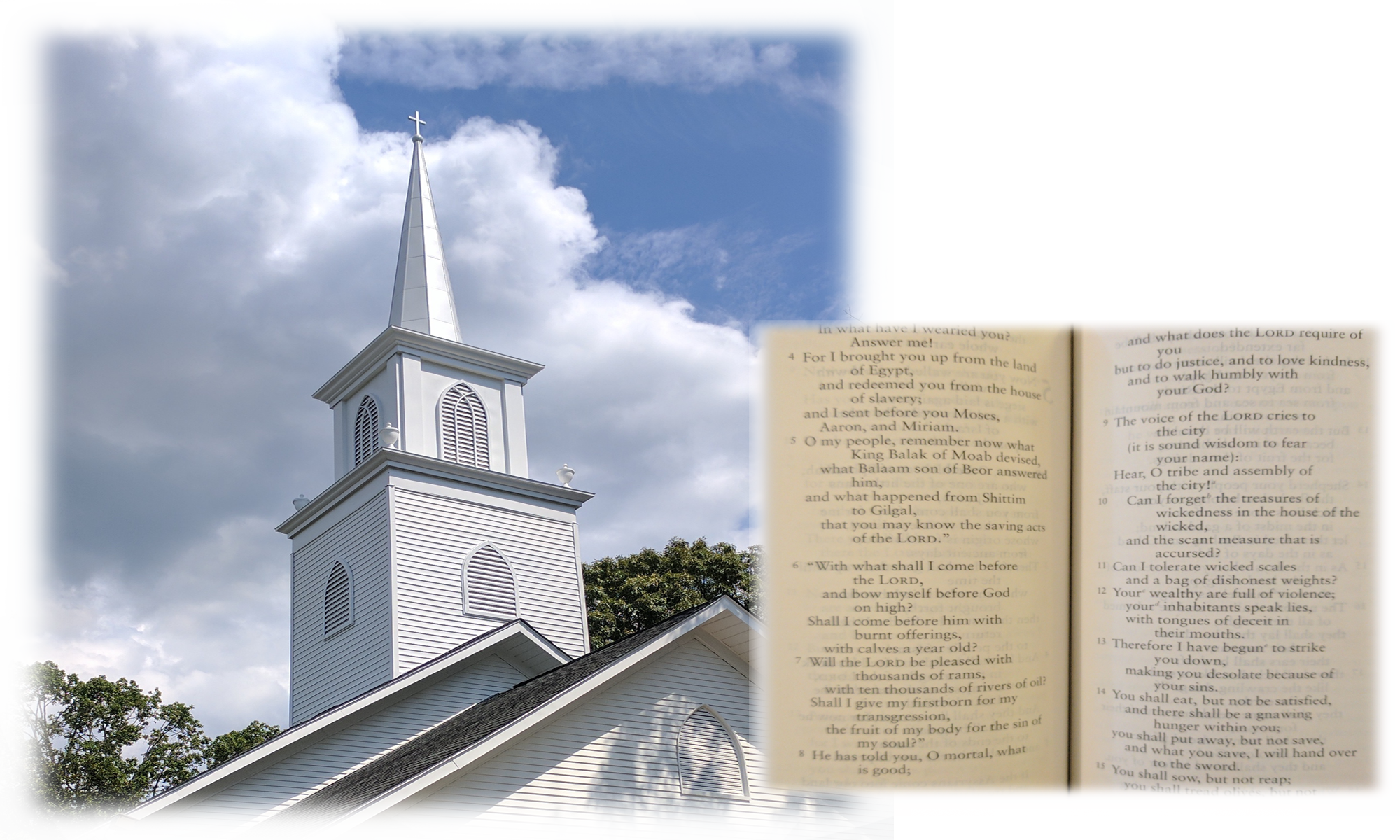Tomorrow morning we will examine two passages in chapter two of John’s Gospel. The first is the story of the Wedding at Cana in Galilee, where Jesus turns water into wine. The second story is often called the “cleansing of the Temple.”
Reflections on race and the continuing problem of bigotry

As we consider the origins of Anti-Judaism in our own religious tradition it is fitting that we take time to ponder the wider problem of racism within our larger society and the Church. I am profoundly grateful to Dr. King for his leadership in the movement that transformed the society in which we live, but that transformation is not yet complete.
When I started school in Oneonta, Alabama in 1964, a year after the Children’s march in Birmingham, my school was still segregated. There were no black children in my first-grade class and none in my second grade class. When I reached fourth grade there were a few.
In class one day I was arguing quietly with George, one of the new black students. It must have been loud enough for the teacher to notice, though, because she turned around and saw us. She sent us both to the office. I knew what that meant. I had been there before. It was sure to lead to a paddling.
I never imagined what would actually happen, though. The blows came with such force they knocked me to the floor. The principle put his left hand in the middle of my back and held me down as he continued to assault me with the paddle. His furry made no sense to me and I was terrified. He was even more brutal with George. I was in the emergency room the next morning covered with bruises, and George had a broken arm.
My father tried to press charges, but his employer informed him that he would be fired if he did not drop them.
The seething anger of such men, and the collusion of others who kept them in power was a form of evil with very real consequences for the children who had to face them. I see Martin Luther King, Jr. not only as George’s champion, but as my own. I am white, but Dr. King’s self-sacrificial commitment to non-violence brought about far reaching changes that make events like the one George and I experienced less likely to happen (though I’m sure they still do in some places).
Fifty years since the schools were integrated in Alabama, 11:00 am on Sunday morning remains the most segregated hour of the week in much of America. How can it be that people who claim to follow Jesus are unable to solve this problem?
I wish George well today and hope he finds comfort and pride in remembering the work of Dr. King. We still have a lot of work to do to flesh out the dream.
Opening Sunday (January 15, 2016)

Today we spent some time discussing possible perspectives on John’s Gospel, speculating about what can be known historically about its origins, and reading the hymn to the logos (λόγος) in chapter one.
We looked at passages that strongly imply a growing separation between early Christianity and its Jewish roots. 1:17, 9:28, and 15:25 (“their law” rather than “our law”), for example, can easily be read to imply an incompatibility between Moses and Jesus. In this context, what does the author’s decision to begin this Gospel with a poetic discussion of the cosmic significance of the logos imply?
We read 1:1-5 twice, once looking at it as traditionally read, with λόγος referring to Jesus, the Christ, and once reading λόγος as “reason” as an early Greek stoic might have read it. How would the assertion in 1:14 that the word (logos) became flesh and lived among us sound to early Jewish readers? If we understand logos as a reference to divine “reason” rather than “word”, how might the assertion have sounded to Greek readers steeped in Stoic assumptions? The author’s assertion that “the λόγος became flesh and lived among us” (1:14) challenges some basic assumptions of both groups.
Feel free to join us next week as we continue to probe both the theological contributions of John’s Gospel and the problem of coming to terms with the violent anti-Jewish rhetoric that has claimed support from this same Gospel for centuries.
The image at the beginning of this post is one side of the oldest fragment of John’s Gospel. It begins and ends with the words οἱ Ἰυοθδαίοι, universally translated as “the Jews” in published English versions of John’s Gospel, though we will see later in this class that “the Jews” is not the only option for translating this phrase.

You must be logged in to post a comment.